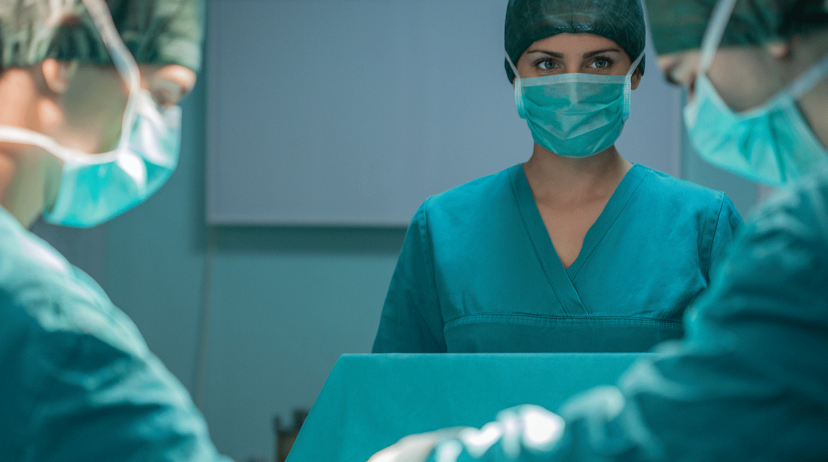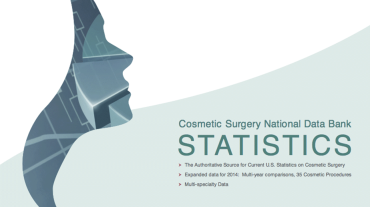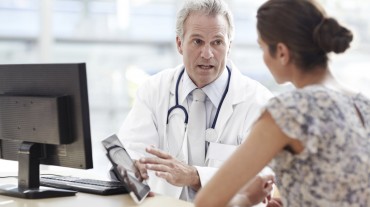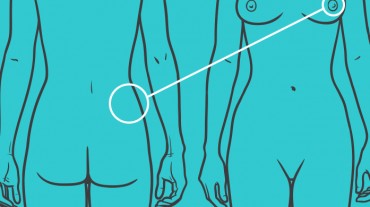
Is Fat Transfer Safe?
Like all operations, there are risks associated with anesthesia and surgery. The possible side effects of the fat transfer procedure may vary, but general experience has shown that the fat transfer aspect does not pose any additional side effects. Because the fat is your own, there is no risk immune reaction or rejection. Puregraft simply moves naturally occurring fat from one location to another.
A common question about fat transfer is whether it can cause breast cancer recurrence for patients who are seeking fat to reconstruct their breast following mastectomy. With proper surgical technique and regular follow-up visits, clinical literature shows no risk of cancer recurrence due to the fat transfer procedure.
Fat tissue that is not properly cleaned may also lead to post-operative complications. Some methods are less effective at cleaning the tissue, leaving unwanted components in the graft, and exposing to non-sterile conditions which can lead to infection. When re-implanted in the body, these contaminants have been known to cause inflammation, lipid cysts, and tissue death.
The risks described above can be mitigated using improved technologies which properly clean the tissue in a closed-system. One such technology is the Puregraft System, a single-use, closed-system design which keeps the tissue completely contained while removing over 97% of contaminants. The System is disposed of after each procedure so there is no risk of cross contamination.
When discussing your fat transfer procedure with your doctor, it is important to ask about any other risks associated with your personal health history.
Additional Resources:
Delay et al. Fat injection to the breast: technique, results, and indications based on 880 procedures over 10 years. Aesthet Surg J. 2009 Sep-Oct;29(5):360-76.
Illouz et al. Autologous fat transplantation to the breast: a personal technique with 25 years of experience. Aesthetic Plast Surg. 2009 Sep;33(5):706-15.
Rigotti et al. Determining the oncological risk of autologous lipoaspirate grafting for post-mastectomy breast reconstruction. Aesthetic Plast Surg. 2010 Aug;34(4):475-80.
Fraser et al. Oncologic risks of autologous fat grafting to the breast. Aesthet Surg J. 2011 Jan;31(1):68-75.






